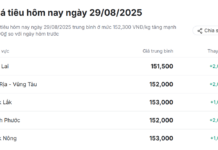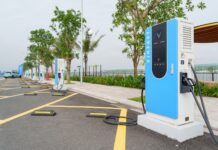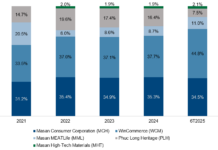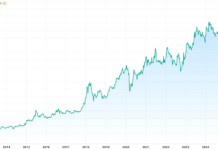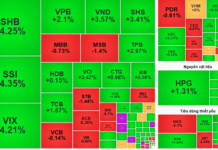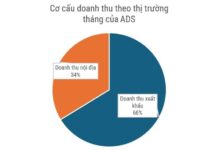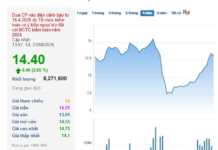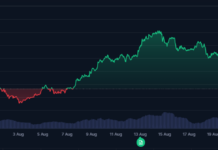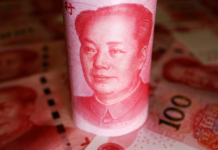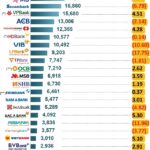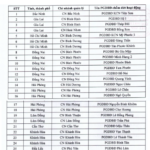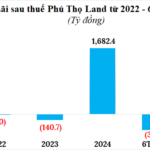From Economic Devastation to the Workshop of Asia
In an interview with Tien Phon newspaper, economist Ngo Tri Long emphasized the challenges Vietnam faced immediately after gaining independence in 1945: a devastated economy plagued by famine, foreign invasions, and illiteracy. During the three decades of resistance wars, the economy operated under a subsidized mechanism, focusing on self-reliance and prioritizing the needs of the wars. Despite the poverty, this period laid the spiritual and organizational foundation for an independent economy, with agricultural cooperatives, state-owned enterprises, and a centralized distribution system.
Subsidy Period and Renovation (1975 – 1986): After reunification, Vietnam adopted a centralized planned economic model, aiming for rapid industrialization. However, this model revealed several shortcomings, including hyperinflation (reaching 700% in some years), stagnant production, and scarce goods. By the mid-1980s, the economy fell into a comprehensive crisis, prompting the need for renovation.
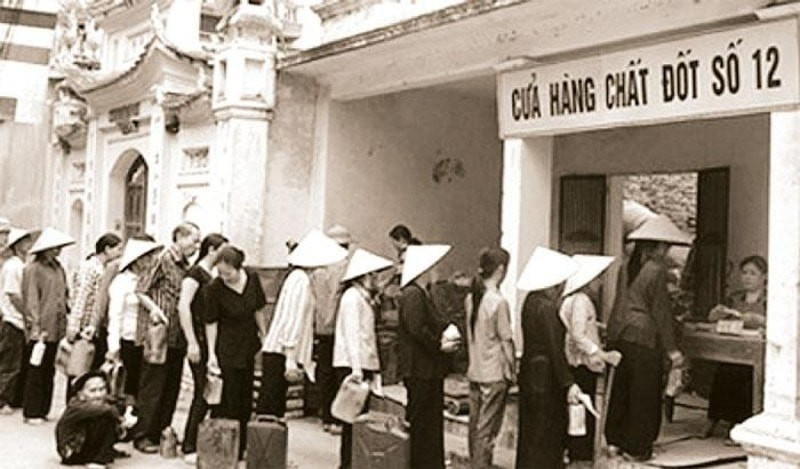
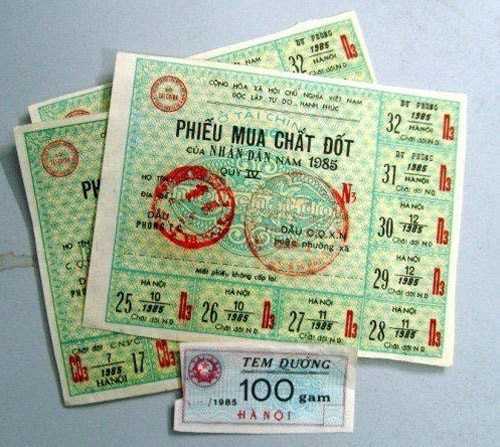
People queuing to buy goods and ration coupons during the subsidy period. Photo: Archive.
Comprehensive Renovation and International Integration (1986 – 2000): The Sixth Party Congress in 1986 marked a turning point as the Party initiated a renovation policy, shifting from a centralized subsidized mechanism to a socialist-oriented market economy. As a result, GDP grew at an average rate of 7.6% annually between 1990 and 2000. Exports witnessed remarkable growth, surging from $789 million in 1986 to over $14.5 billion in 2000. Vietnam gradually opened up, normalized relations with the US in 1995, and joined ASEAN in the same year.
Period of Deep Integration and High Growth (2000 – 2020): Entering the 21st century, Vietnam accelerated its international economic integration by joining the WTO in 2007 and signing multiple free trade agreements (CPTPP, EVFTA, RCEP). Notable achievements include a total GDP of over $270 billion in 2020, per capita income surpassing $2,750 (compared to $130 in 1990), and becoming Asia’s new workshop with accumulated FDI of over $380 billion. The multidimensional poverty rate also decreased significantly, falling from over 58% in 1993 to below 3% in 2020.
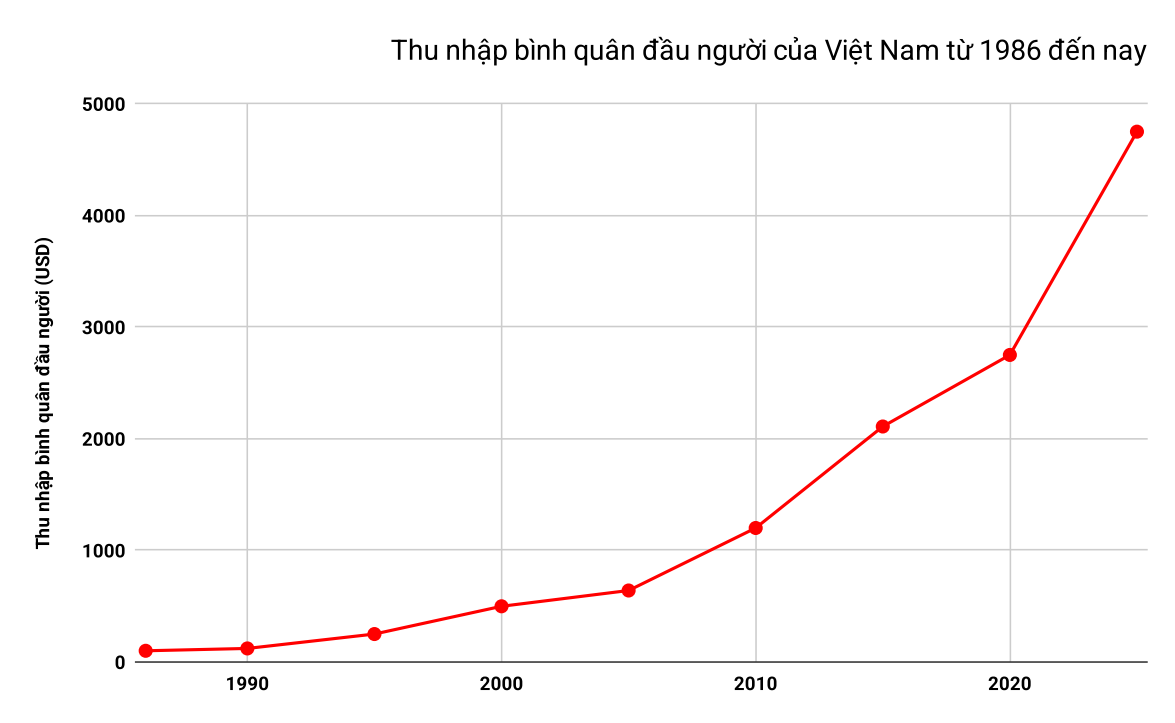
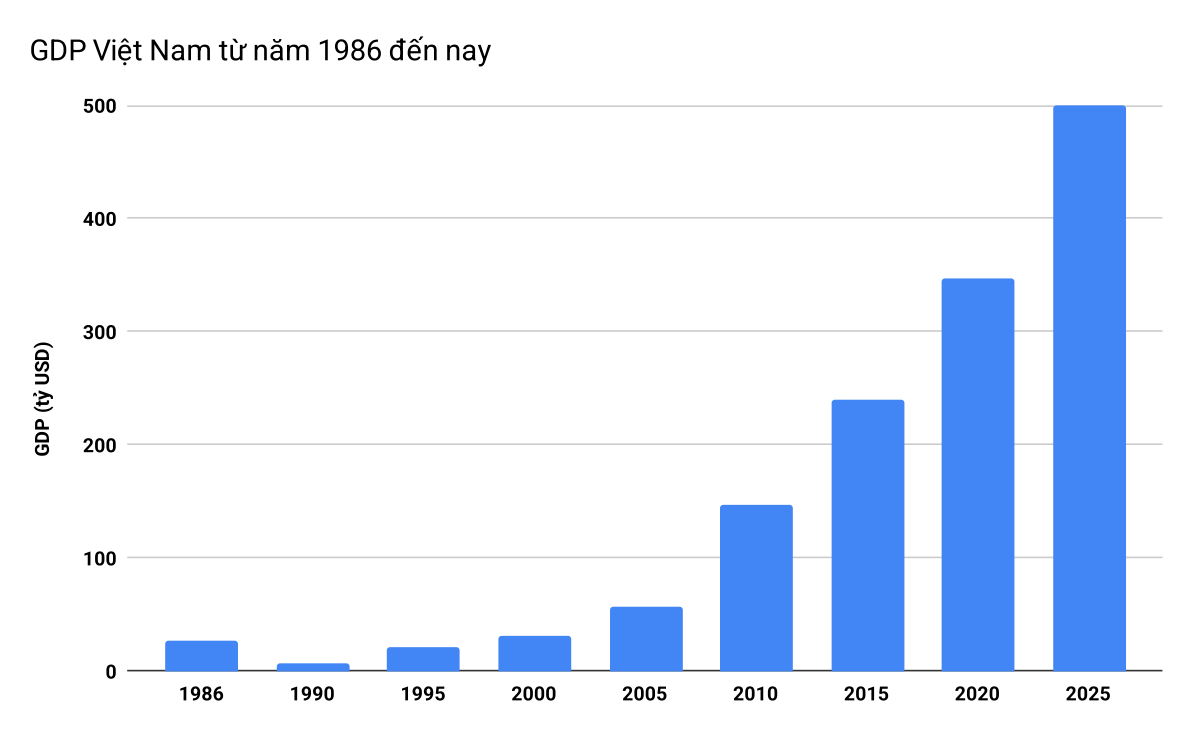
Graph showing Vietnam’s GDP growth and per capita income from 1986 to 2025. Image: Loc Lien.
In the New Context (2020 – 2025): Despite the severe impact of COVID-19, Vietnam remained one of the few countries to maintain positive growth in 2020 (2.9%). By 2024, nominal GDP is expected to reach approximately $433 billion, ranking fifth in Southeast Asia, with per capita income reaching $4,620 (according to the World Bank). Vietnam has officially entered the group of upper-middle-income countries.
Telling Figures after 80 Years
According to Assoc. Prof. Dr. Ngo Tri Long, the most important milestone in Vietnam’s development is macroeconomic stability. During the period of 2014-2024, average inflation was approximately 2.9%/year, consistently below the 4% target, reflecting prudent price management and macroeconomic policies.
Economic restructuring in 2024 shows that agriculture, forestry, and fisheries accounted for 11.86% of GDP, while industry and construction contributed 37.64%, and services made up 50.5%. This indicates that services and industry have become the pillars of growth. Exports surged in 2024, reaching $405.5 billion (total import-export turnover was $786.3 billion, with a trade surplus of nearly $24.8 billion).
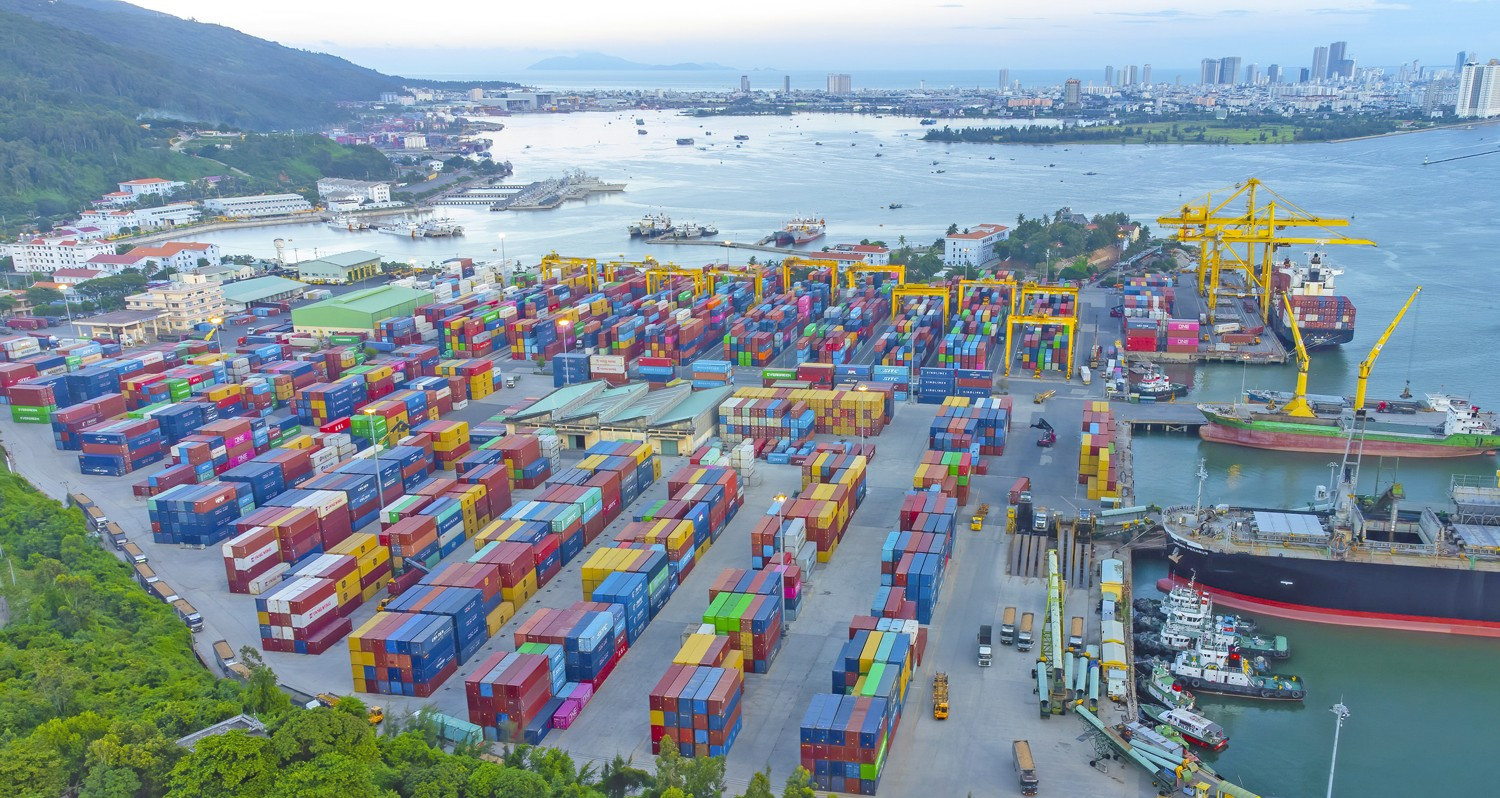
Since 1986, Vietnam’s export scale has grown more than 500 times. Image: CDN.
Compared to nearly $789 million in 1986, the current export scale is more than 500 times larger, signifying a tremendous leap in production capacity and international integration. Vietnam has signed and implemented 17 FTAs, with several more under negotiation (including CEPA Vietnam – UAE and ASEAN – Canada). Notably, “new-generation” FTAs like CPTPP, EVFTA, and UKVFT have diversified markets and enhanced supply chain resilience. Social and human development indicators have also improved significantly over the past three decades, with life expectancy reaching 74.5 years in 2023, a sharp decline in infant mortality rates, and health insurance coverage for nearly 93% of the population.
Breakthrough in Institutions – The Foundation of Development
Based on the achievements, Assoc. Prof. Ngo Tri Long affirmed that institutional breakthroughs are the foundation of development. Institutions must truly become a “support” for sustainable development. While Vietnam has made significant progress over the past 80 years, the quality of its market economic institutions still lags behind advanced countries. To make a breakthrough, Vietnam needs to continue perfecting its full, modern, and transparent market economic institutions, operating on the basis of the rule of law. This requires streamlining administrative procedures, removing business barriers, building a fair competitive environment, and enhancing state governance capacity.
According to the World Economic Forum’s 2023 Global Competitiveness Report, Vietnam ranks 67th out of 141 countries in terms of institutions, indicating significant room for reform.
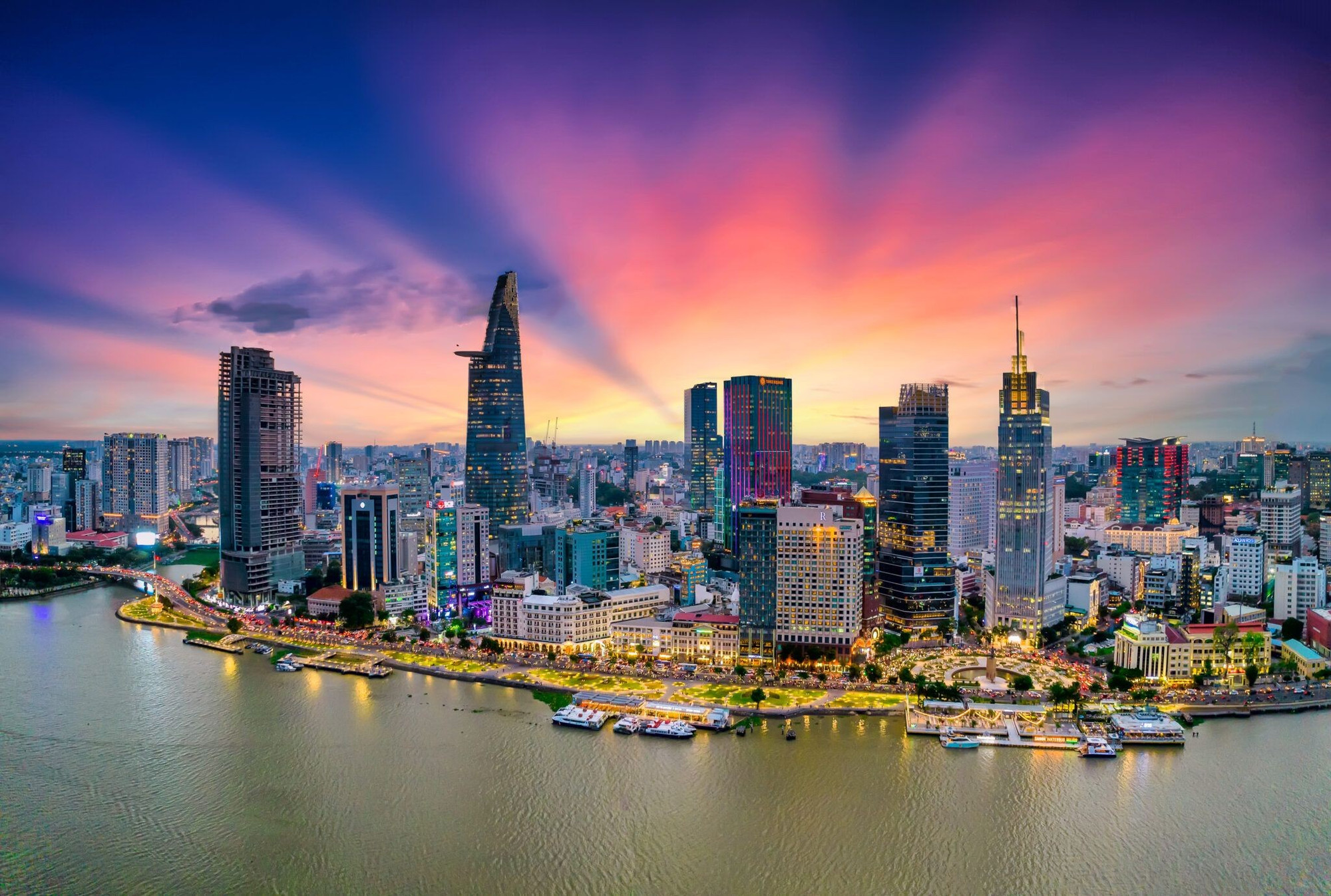
To make a breakthrough, Vietnam needs to perfect its market economic institutions, operating on the basis of the rule of law. Image: Huy Thoai/Getty Images.
Vietnam needs to enhance productivity and innovation to escape the “middle-income trap.” The key drivers are productivity and innovation. Vietnam’s labor productivity in 2023 reached approximately $18,000 PPP, only 20% of Malaysia’s and 6% of Singapore’s (according to World Bank data). To make a breakthrough, Vietnam should invest heavily in science and technology, especially artificial intelligence, semiconductors, and green technology, which will shape the global economy in the coming decade. Building an innovative ecosystem and enabling the private sector to take the lead are crucial.
Currently, the private sector contributes over 42% of GDP, but investment in research and development (R&D) is limited. It is necessary to increase R&D investment from 0.42% of GDP (2021) to at least 2% of GDP by 2030, matching South Korea’s level during its early development phase, instead of falling far below the OECD average of 2.5%.
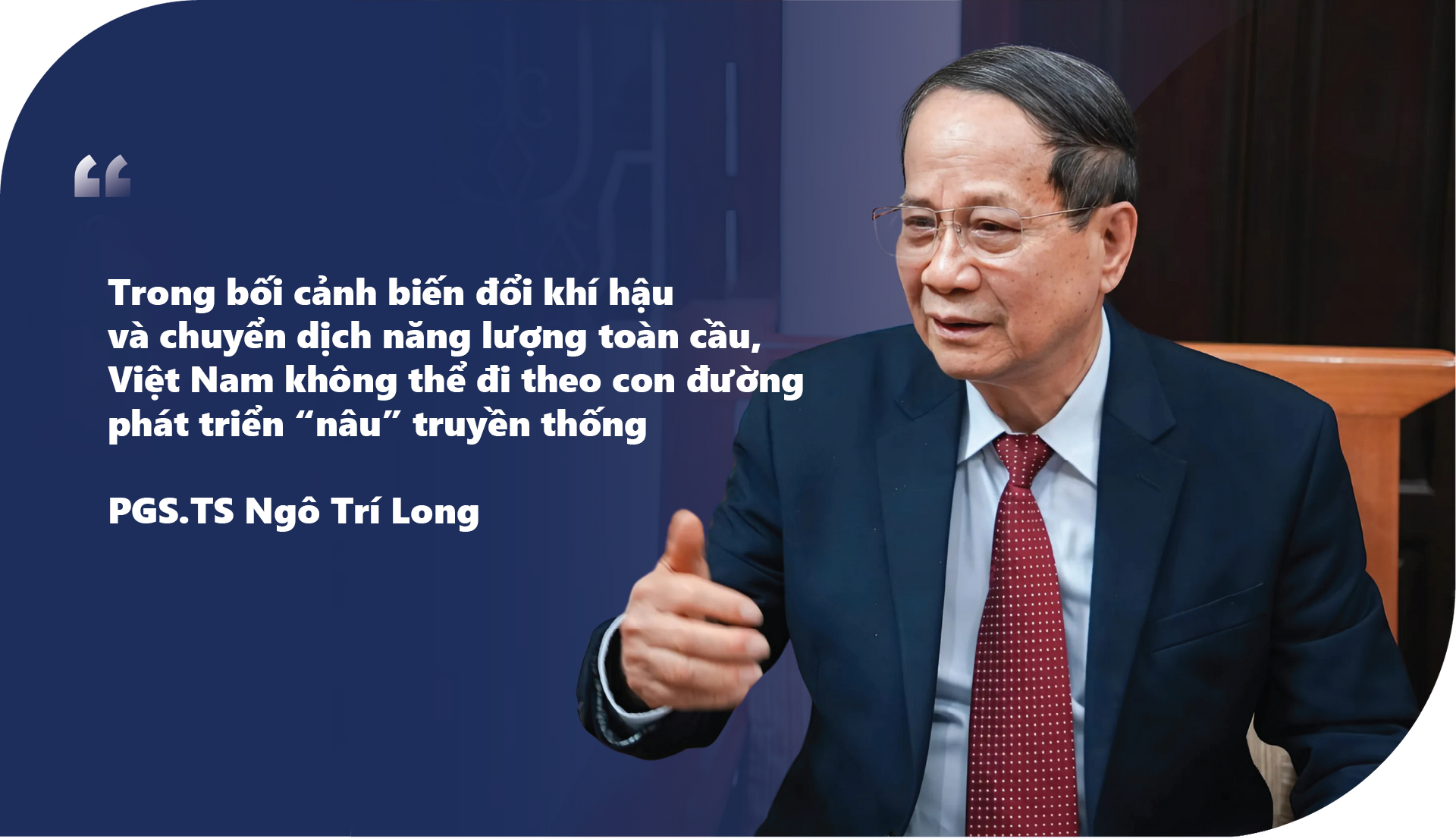
Vietnam needs to promote comprehensive digital transformation, with the digital economy contributing approximately 16.5% of GDP in 2023 and aiming for over 30% by 2030. This will be a new growth driver if Vietnam takes the lead in applying big data, artificial intelligence, and online public services. Regarding the carbon market, Vietnam aims to pilot the carbon market in 2025 and officially operate it in 2028, creating economic tools to reduce emissions and seize opportunities from the circular economy trend.
The Great Banking Staff Cull: Who’s Spending Big on Employees Amidst the Bloodbath?
In the first half of 2025, the wave of digital transformation swept through the banking industry, leading to the closure of physical branches and staff reductions. However, despite these cost-cutting measures, personnel expenses at banks continued to rise compared to the beginning of the year.
Unveiling the “Mysterious” Military Hardware: Vietnam’s Very Own Heavy Ground Artillery Takes Center Stage at a Top 10 Global Construction Site.
This military equipment was the undisputed star of the outdoor exhibition hosted by the Ministry of Defense at one of the world’s top 10 attractions in Vietnam.


